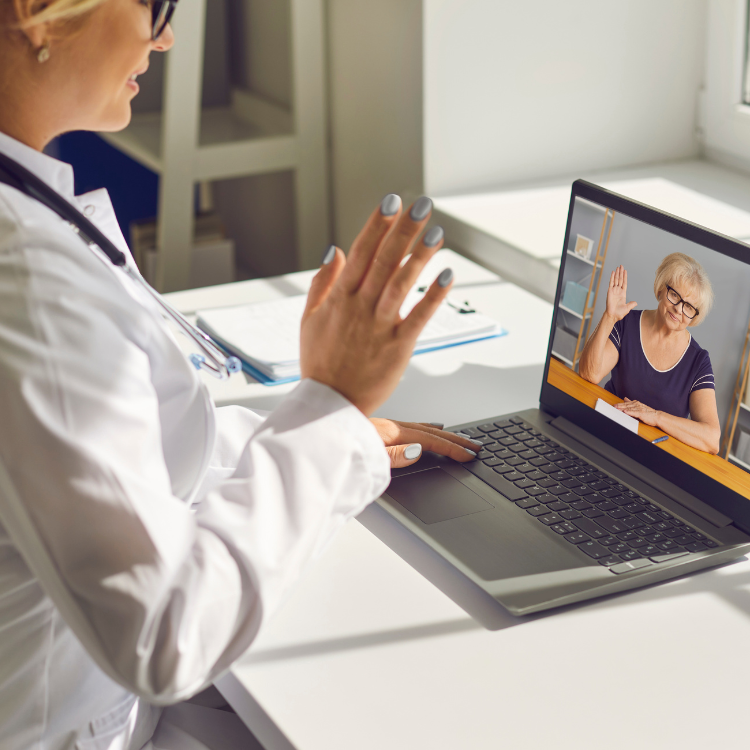Telehealth is the use of technology to provide healthcare services remotely. It has become an increasingly important tool for rural nursing practice. According to statistics, over 60 million Americans live in rural areas, but only 10% of physicians practice there. This inadequate healthcare access delays diagnosis, treatment, and follow-up care, resulting in poorer health outcomes for rural patients. However, telehealth is expanding healthcare access at affordable costs. Here’s why it’s vital in rural nursing practice.
Improved Access to Healthcare
Telehealth helps people in rural areas access healthcare without having to drive long distances or wait for an appointment. This is especially crucial for persons who live far away from healthcare facilities in remote areas or who have limited mobility. Telehealth also reduces appointment wait times, as healthcare practitioners have limited availability in remote locations, leading to long wait times.
Reduce Associated Costs
For both consumers and healthcare professionals, telehealth is an affordable option to lower healthcare expenditures. It decreases:
- The costs of traveling to healthcare facilities for appointments
- The amount of time patients need to take off from work or school to attend appointments
- The number of missed appointments, the requirement for office space, and the staff
- The requirement for additional staff to manage consultations and administrative duties can all be decreased.
By giving patients more flexible scheduling options, telehealth significantly lowers the expenses associated with missed visits. Lastly, by enabling healthcare professionals to deliver treatment remotely, eliminating the need for employees and office space, and seeing more patients in a shorter length of time, telehealth lowers the demand for staff and office space.
Better Patient Outcomes
Telehealth has improved patient outcomes, especially for patients with chronic diseases, including diabetes, heart disease, and chronic obstructive pulmonary disease (COPD). Telehealth enables healthcare practitioners to keep in touch with patients, spot problems early, and change treatment plans as required, resulting in improved patient outcomes.
According to research published in the Journal of Medical Internet Research, telemedicine increased blood pressure management and decreased hospitalizations among hypertensive patients.
Telemedicine also has the potential to save healthcare expenditures by up to 40%, particularly by lowering readmissions and emergency department visits. This is especially relevant in rural regions, where healthcare expenditures are frequently greater owing to a lack of resources and a higher prevalence of chronic illnesses.
Increased Patient Engagement
By giving patients more choices over their care, telehealth significantly contributes to raising patient involvement in healthcare. This is accomplished by providing more accessible and adaptable choices for obtaining care, allowing patients access to their medical information through a patient portal, making appointments, and connecting with their healthcare providers.
Moreover, telehealth enhances rural patients’ overall happiness with their medical encounters and makes them feel more invested in their care. For instance, virtual visits save time and reduce the need for travel to a medical institution, and reminders for appointments or medicine help patients follow their treatment plans and remain involved in their care.
Endnote
Telehealth has evolved as an important technique for providing healthcare to remote regions. It enables rural nurses to interact with patients and give them the care they require, no matter where they are. Rural nurses may improve patient outcomes and the quality of care they give by adopting telehealth. Furthermore, online nursing programs like the ABSN for Kentucky students interested in nursing can prepare you for the unique challenges of rural healthcare delivery and provide you with the skills and information necessary to make a difference in your communities.



